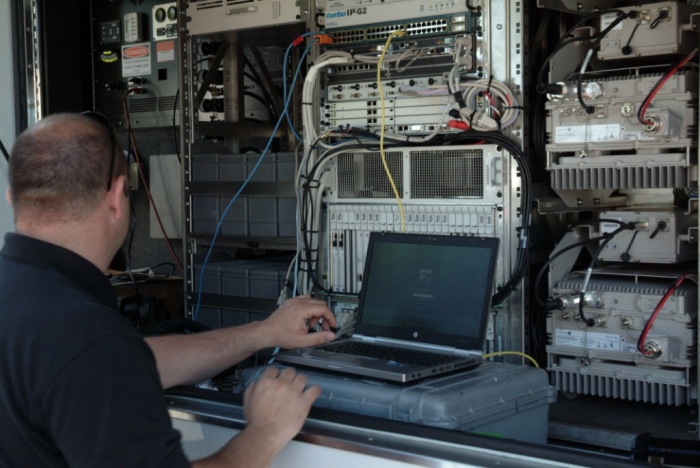
The Radio Access Network (RAN) Infrastructure market declined at double-digit rate in Q1 2016 — indicating bad news for Nokia, Ericsson, Huawei and ZTE.
All regions posted declines for the first time in four years. The total market is forecasted to decline around eight percent in 2016, said Dell’Oro Group.
Stefan Pongratz, analyst at Dell’Oro Group, said: “We have increased our 2016 macro and small cell shipment forecast – reflecting upbeat shipment guidance in China – while reducing our pricing assumptions.”
The report said strong growth in small cells is not expected to offset declining macro revenues in 2016.
Huawei, Ericsson, and Nokia accounted for about 80 percent of the combined Macro plus Small Cell RAN market and about 70 percent of the Small Cell RAN market in Q1 2016.
Facebook, Skype, WhatsApp can use more RAN resources
Flash Networks, a provider of Internet optimization solutions, says a telecom operator invested in xtraAir and applications such as Facebook, Skype, and WhatsApp established 22.7 percent fewer radio connections, without affecting service or user data.
The implementation of Flash Networks xtraAir assisted the un-named telecom operator in Europe to minimize unnecessary communications when the device is in idle state by conserving RAN resources and minimizing unnecessary signaling.
Facebook, Skype, and WhatsApp communicated with the network server 68 times, or about six times per hour over a 12 hour period.
For a telecom operator with 10 million subscribers this could result in a reduction of 600 million unnecessary messages per day, enabling them to support 20 percent more users with the same network resources.
Flash Networks’ xtraAir Signaling and Radio Connection Optimization reduces the number of RRC (radio resource control) state changes and concurrent radio connections enabling up to 35 percent more users to be served using the same network resources. As a result, radio spectral efficiency is improved enabling operators to reduce investment in additional infrastructure to meet the demand for more radio connections.
“The need to beef up capacity to keep up with the insatiable demand for mobile data combined with falling revenues is putting the squeeze on operators to make the most of existing radio resources,” said Ofer Gottfried, CTO at Flash Networks.





